war
Ambassador takes aim at Japan’s richest man, questioning the decision to value pants and T-shirts over Ukrainian lives.
One of Japan’s leading art directors leads the way in raising funds for an issue that’s close to his heart.
Fake news story goes viral around the world, but the real story behind it is just as compelling.
A tiny twist of fate can have big repercussions – this woman owes her life to her grandfather’s metal cigarette box.
Coffeehouse chalkboard encourages customers to think about situations in coffee-growing regions of the world.
People around Japan are spreading news of the J-Alert System and the manual that explains what to do in the event of an armed attack.
You know things are getting serious when the lead singer of Echo & the Bunnymen throws in the towel.
Japan may have forgiven the rip-off Disney star, but they have not forgotten what he did 80 years ago on that blood soaked Pacific island beach.
Impressed with Japan’s ability to quickly rebuild after the Second World War, some educators in Iraq are looking to instill similar values in their own youth.
WIN Gallup International recently announced the results of their international survey on people’s willingness to fight for their country. Despite recent changes to the constitution, it turns out Japanese Johnnies are least likely to get their guns among all nations surveyed.
On August 14, 1945, Japan announced its surrender to the Allied Forces it would come to be known as V-J Day before signing the Japanese Instrument of Surrender aboard the U.S.S. Missouri on September 2. This year marks the 70th anniversary of Japan’s surrender but the anniversary is also in the midst of debate over constitutional revisions with criticism honed in on Prime Minister Shinzo Abe.
Sanrio has seemingly voiced its option, albeit through the mouths of its popular mascots, in the latest issue of the company’s Ichigo Shimbun magazine. The magazine includes an article reflecting on the 70th anniversary of Japan’s surrender and is titled “Let’s think about what we can do for peace” with a sub-headline reading “No more war!” It calls for readers to research war through popular media and the memories of those who lived during that time.
On October 21, 1600, Tokugawa Ieyasu won the famous Battle of Sekigahara which secured his way to rule the shogunate of Japan.
Today, the battlefield where more than 200,000 people perished is but a remnant of ancient history. It is an ordinary town, and only the most maniacal of history buffs would show up to trace the roots of Sekigahara. However, in the center of that town, there is actually a ‘theme park’ where you can learn about history and the famous battle right where it took place, known as the somewhat awkwardly named “Learn! Play! The Immersive War Museum – Sekigahara War Land”.
The International Red Cross has recently been pushing for so-called “hyper realistic” video games to follow international humanitarian laws and penalize players for their in-game crimes, such as gunning down civilians. Last month, the organization on its Japanese site posted an explanation about why it decided to press for this. As expected, gamers had mixed reactions to the announcement with some decrying the “over-regulation” of their hobby, while many thought it was a much-needed change to the industry.
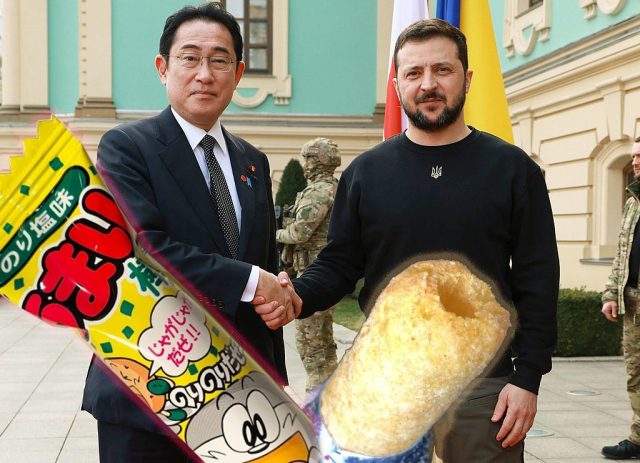

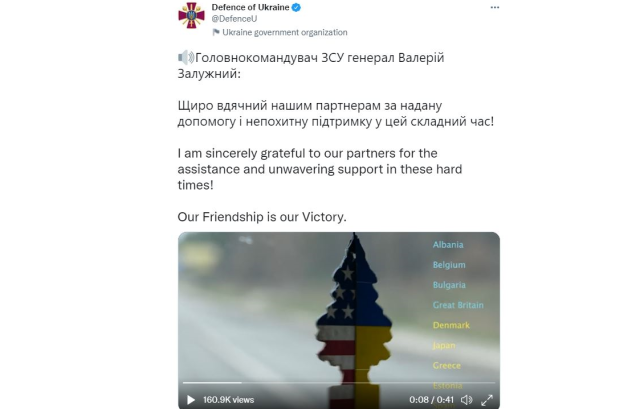
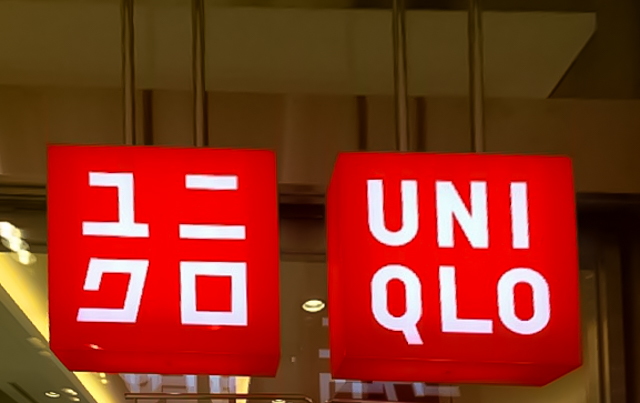
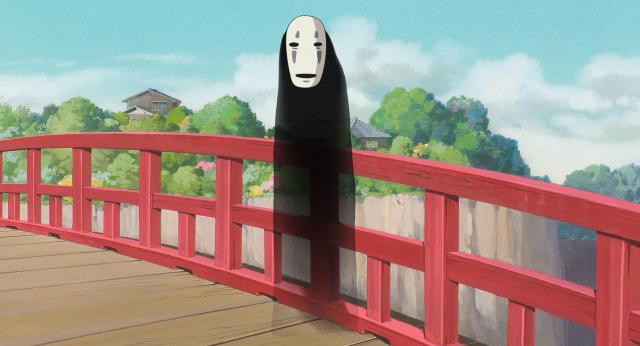
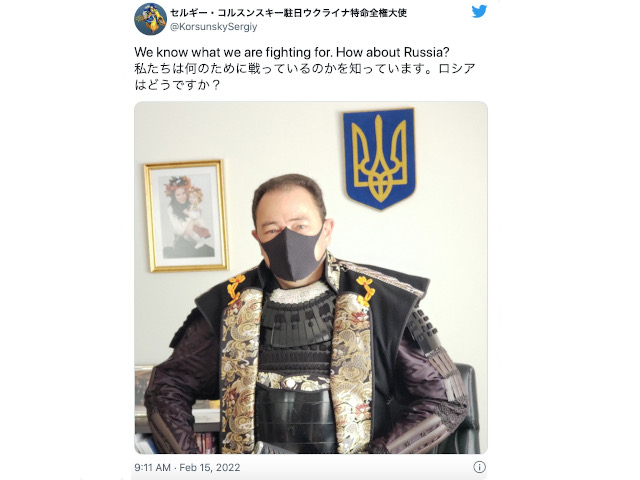
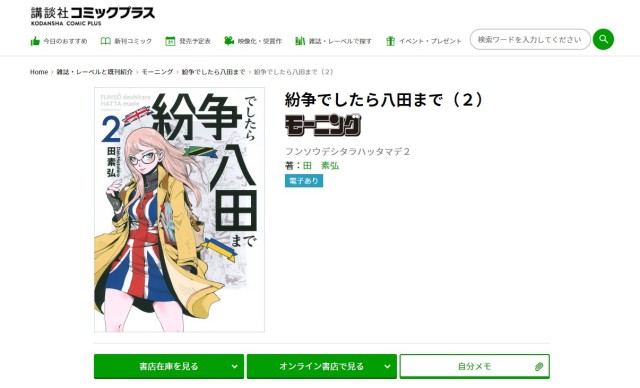
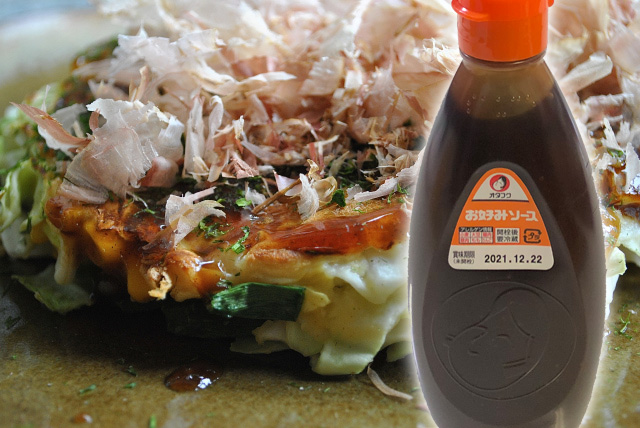


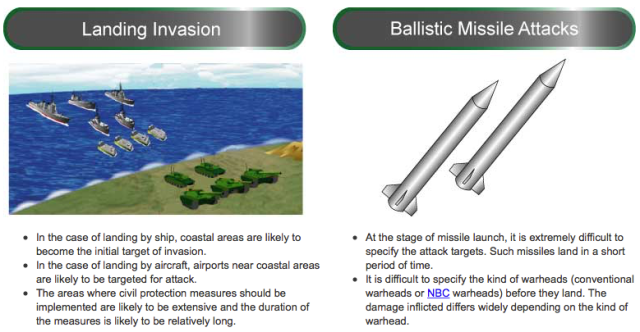
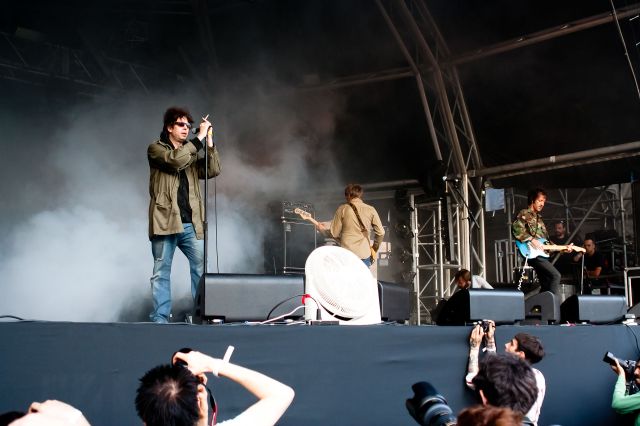
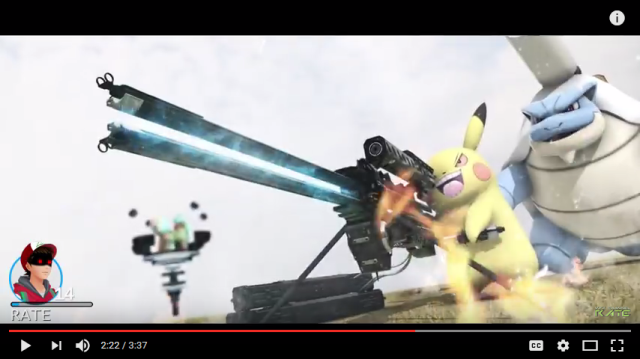
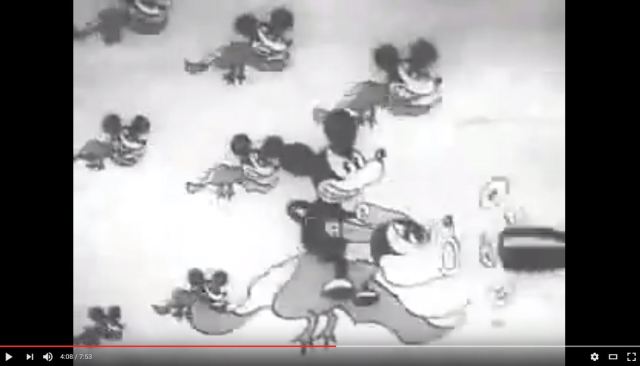
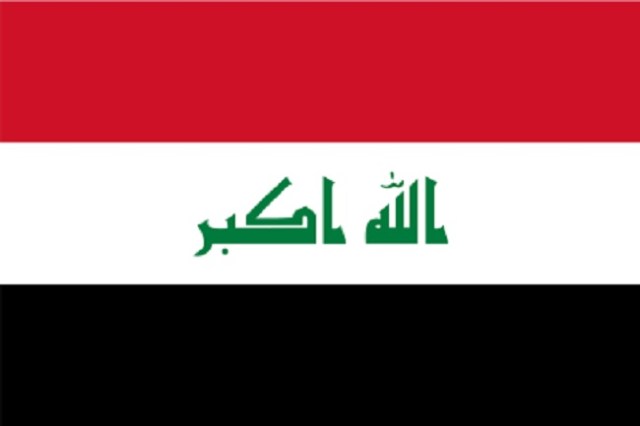
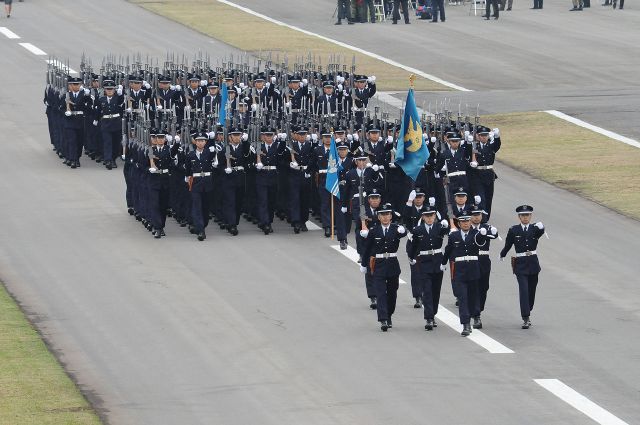
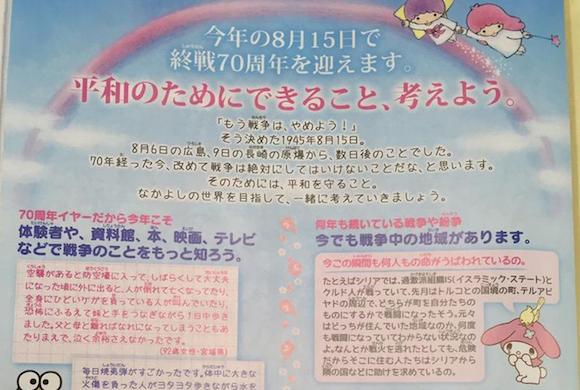
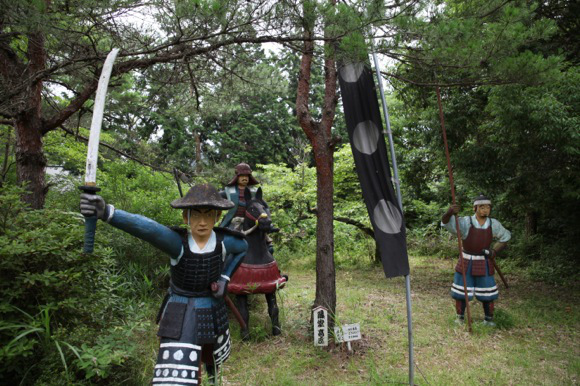
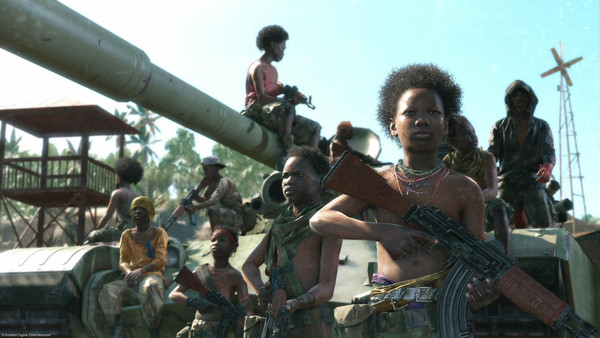
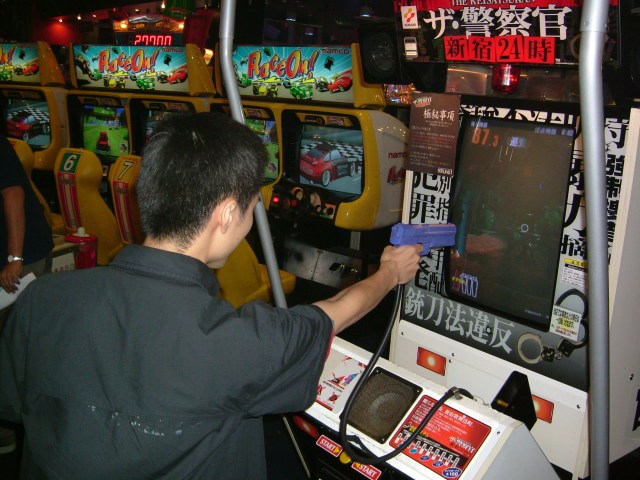
 How to order snacks on a Shinkansen bullet train in Japan
How to order snacks on a Shinkansen bullet train in Japan Hello, cosmetics! Clinique teams up with Hello Kitty this summer for first-time collaboration
Hello, cosmetics! Clinique teams up with Hello Kitty this summer for first-time collaboration Demon Slayer: Kimetsu no Yaiba gets new roller coaster attractions and food at Universal Studios Japan
Demon Slayer: Kimetsu no Yaiba gets new roller coaster attractions and food at Universal Studios Japan A visit to the best UFO catcher arcade in the universe!
A visit to the best UFO catcher arcade in the universe! To combat declining birth rate, Japan to begin offering “Breeding Visas” to foreigners
To combat declining birth rate, Japan to begin offering “Breeding Visas” to foreigners Spirited Away train station and submerged tracks attract Ghibli fans around Japan
Spirited Away train station and submerged tracks attract Ghibli fans around Japan Daiso DIY dessert! 100 yen store’s super-easy mochi sweets kit is our new hero
Daiso DIY dessert! 100 yen store’s super-easy mochi sweets kit is our new hero How should you respond when a Japanese person gives you a compliment?
How should you respond when a Japanese person gives you a compliment? New samurai glasses are Japan’s latest weird must-have souvenir
New samurai glasses are Japan’s latest weird must-have souvenir McDonald’s adds new watermelon frappe and fruity macaron to its menu in Japan
McDonald’s adds new watermelon frappe and fruity macaron to its menu in Japan Nintendo history you can feel – Super NES, N64, and GameCube controllers become capsule toys
Nintendo history you can feel – Super NES, N64, and GameCube controllers become capsule toys “The most Delicious Cup Noodle in history” – Japan’s French Cup Noodle wins our heart【Taste test】
“The most Delicious Cup Noodle in history” – Japan’s French Cup Noodle wins our heart【Taste test】 Starbucks releases a cute Frappuccino and Unicorn Cake…but not in Japan
Starbucks releases a cute Frappuccino and Unicorn Cake…but not in Japan Kyoto Tower mascot termination reveals dark side behind cute Japanese characters
Kyoto Tower mascot termination reveals dark side behind cute Japanese characters McDonald’s Japan’s Soft Twist Tower: A phantom ice cream only sold at select branches
McDonald’s Japan’s Soft Twist Tower: A phantom ice cream only sold at select branches Yabai Ramen: What makes this Japanese ramen so dangerous?
Yabai Ramen: What makes this Japanese ramen so dangerous? Finally! Nintendo Japan expands Switch 8-bit controller sales to everybody, Online member or not
Finally! Nintendo Japan expands Switch 8-bit controller sales to everybody, Online member or not Japanese government wants to build luxury resorts in all national parks for foreign tourists
Japanese government wants to build luxury resorts in all national parks for foreign tourists 10 things you should buy at 7-Eleven in Japan
10 things you should buy at 7-Eleven in Japan Studio Ghibli releases anime heroine cosplay dresses that are super comfy to wear
Studio Ghibli releases anime heroine cosplay dresses that are super comfy to wear Woman charged for driving suitcase without a license in Osaka
Woman charged for driving suitcase without a license in Osaka Studio Ghibli unveils My Neighbour Totoro miniature house model
Studio Ghibli unveils My Neighbour Totoro miniature house model Kyoto experiencing problems with foreign tourists not paying for bus fares, but not on purpose
Kyoto experiencing problems with foreign tourists not paying for bus fares, but not on purpose Fighting mild hunger with a Japanese soda that turns into jelly in the stomach【Taste test】
Fighting mild hunger with a Japanese soda that turns into jelly in the stomach【Taste test】 Studio Ghibli’s Howl’s Moving Castle tapestry unveiled in Japan for first time
Studio Ghibli’s Howl’s Moving Castle tapestry unveiled in Japan for first time McDonald’s new Happy Meals offer up cute and practical Sanrio lifestyle goods
McDonald’s new Happy Meals offer up cute and practical Sanrio lifestyle goods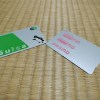 Sales of Japan’s most convenient train ticket/shopping payment cards suspended indefinitely
Sales of Japan’s most convenient train ticket/shopping payment cards suspended indefinitely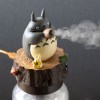 Sold-out Studio Ghibli desktop humidifiers are back so Totoro can help you through the dry season
Sold-out Studio Ghibli desktop humidifiers are back so Totoro can help you through the dry season Japanese government to make first change to romanization spelling rules since the 1950s
Japanese government to make first change to romanization spelling rules since the 1950s Foreigner’s request for help in Tokyo makes us sad for the state of society
Foreigner’s request for help in Tokyo makes us sad for the state of society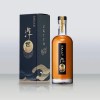 Ghibli founders Toshio Suzuki and Hayao Miyazaki contribute to Japanese whisky Totoro label design
Ghibli founders Toshio Suzuki and Hayao Miyazaki contribute to Japanese whisky Totoro label design Doraemon found buried at sea as scene from 1993 anime becomes real life【Photos】
Doraemon found buried at sea as scene from 1993 anime becomes real life【Photos】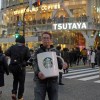 Tokyo’s most famous Starbucks is closed
Tokyo’s most famous Starbucks is closed Princesses, fruits, and blacksmiths: Study reveals the 30 most unusual family names in Japan
Princesses, fruits, and blacksmiths: Study reveals the 30 most unusual family names in Japan Spirited Away train station and submerged tracks attract Ghibli fans around Japan
Spirited Away train station and submerged tracks attract Ghibli fans around Japan Daiso DIY dessert! 100 yen store’s super-easy mochi sweets kit is our new hero
Daiso DIY dessert! 100 yen store’s super-easy mochi sweets kit is our new hero How should you respond when a Japanese person gives you a compliment?
How should you respond when a Japanese person gives you a compliment? New samurai glasses are Japan’s latest weird must-have souvenir
New samurai glasses are Japan’s latest weird must-have souvenir McDonald’s adds new watermelon frappe and fruity macaron to its menu in Japan
McDonald’s adds new watermelon frappe and fruity macaron to its menu in Japan Increased tourist numbers in Nara Park are affecting the size of its deer population
Increased tourist numbers in Nara Park are affecting the size of its deer population Beautiful Legend of Zelda Lego set is series’ first buildable block crossover【Photos】
Beautiful Legend of Zelda Lego set is series’ first buildable block crossover【Photos】 Japan’s Crossdressing Fishermen Festival (Video)
Japan’s Crossdressing Fishermen Festival (Video) How Kyoto’s shrine of severing ties helped our reporter escape from a “black company”
How Kyoto’s shrine of severing ties helped our reporter escape from a “black company” Does eel ramen really taste like eel?
Does eel ramen really taste like eel? Caffeinated ramen for gamers that you can eat with one hand going on sale in Japan
Caffeinated ramen for gamers that you can eat with one hand going on sale in Japan Mr. Sato stops by 7-Eleven’s often overlooked fast food chain Poppo
Mr. Sato stops by 7-Eleven’s often overlooked fast food chain Poppo Yabai Ramen: What makes this Japanese ramen so dangerous?
Yabai Ramen: What makes this Japanese ramen so dangerous? Tokyo’s beautiful new license plates are based on one of Japan’s most famous woodblock paintings
Tokyo’s beautiful new license plates are based on one of Japan’s most famous woodblock paintings